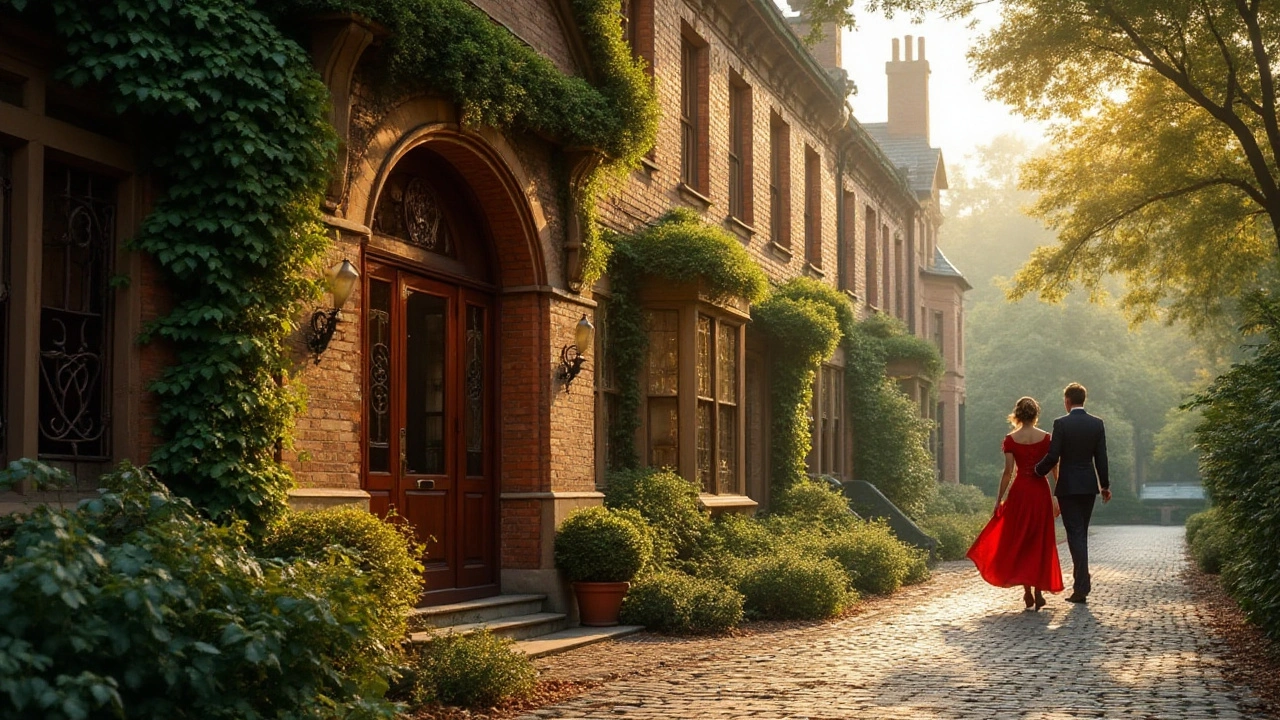Colonial architecture continues to capture the imagination of designers and homeowners alike. This article delves into the historical significance and modern application of colonial design elements. It explores how the charm of these structures is being preserved and adapted for contemporary use. Readers will discover practical restoration tips and the reasons behind the enduring appeal of colonial styles. Embark on a journey through time as we revive the old-world beauty in today's architectural landscape.
Architectural Charm: How to Spot It and Use It
Architectural charm shows up in details you notice without thinking: a turned baluster, a bold cornice, a carefully placed window. When you learn what to look for, buildings stop being backgrounds and start telling stories. This page helps you see charm, understand the key styles, and apply small design moves that make spaces feel purposeful and warm.
Key Styles to Know
Some styles show charm in obvious ways. Georgian and Greek Revival use symmetry and classic columns to feel orderly and timeless. Beaux-Arts and Baroque pile on ornament and drama—great for grand public buildings. Colonial styles blend local craft with foreign influence, so look for local materials and simple, balanced forms. Mid-century modern and Bauhaus find charm in clean lines and honest materials; small, functional details become the highlight. On the other end, High-Tech and Neo-Futurism celebrate structure and technology as decoration.
Seeing these differences helps when you’re touring a city or planning a renovation. For example, if a house has sash windows, brickwork laid in regular pattern, and a centered doorway, you’re likely looking at Georgian or Colonial influence. If you spot ironwork, arched windows, and clay tiles, think Mediterranean Revival. Those visual clues make architectural history easy to read.
Quick Tips for Designers & Homeowners
Want to add charm without copying a whole style? Start small. Pick one defining element—an entry door with character, a bold light fixture, or a window trim—and make it cohesive across the project. Use materials honestly: wood with visible grain, natural stone, or aged metal add depth. Keep proportions right; even a simple porch can feel wrong if the scale is off. If you’re updating an older home, preserve one visible historic element and modernize the rest for balance.
Landscaping and lighting make charm last after sunset. Soft uplights on facades, warm porch bulbs, and defined paths highlight architecture. Plant choices matter too: native shrubs and climbing vines can emphasize lines and hide blunt transitions between new and old work.
When mixing eras, aim for a linking element—color, material, or repeating shape. A contemporary glass extension can sit well against a brick Georgian shell if the brick hue is echoed in interior finishes or exterior trim. That small visual echo ties the two together without faking history.
Finally, think about use. Charming spaces are useful spaces. A well-placed seat, a clear sightline, or easy flow from room to room turns pretty details into everyday pleasure. Walk the site, note what catches your eye, and decide which features you want to keep, highlight, or update.
If you want examples and deeper reads, this tag links to articles on Colonial, Beaux-Arts, Greek Revival, Renaissance, Modern movements, and more—each with real tips for spotting and preserving charm in the real world. Explore a style, borrow a detail, and make your space feel like it belongs.

